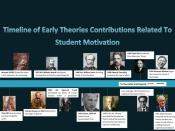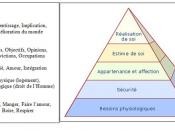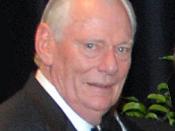Since the beginning of the industrial revolution in the 18th century, researchers and analysts alike have been struggling to define the most cost-effective methods to running a company. A large portion of the success of a company can be attributed to the leadership style of a given leader and how they apply a particular leadership style to motivate their employees. It is common knowledge, that an employee with a high level of motivation will produce a higher economic benefit to the profit of the company. The intent of this writing is to explore what the Path-Goal theory is, how it relates to leadership, and then apply the components to how James Parker, CEO of southwest airlines, appears to use them to facilitate daily operations within the company.
The Path-Goal theory was developed from studies conducted by Robert House (Robbins 493). House chose to deviate from Fiedler's traditional Contingency theories via focusing primarily on the leader's direct behavior for each new situation.
This was a new perspective when contrasted to Fiedler's approach because House tried to integrate a larger focus on the manager's ability to provide the means "clearing a path" for the employee to perform to their maximum potential. This would indicate a strong validation to the workings of the Contingency theories, but more of the outcome is put into the hands of the manager leading the subordinates. Within the core assumptions of the Path-Goal Theory, there are references and dependencies to other theories regarding motivation and leadership styles. It is important to understand that the Path-Goal theory can be divided into three parts: Motivation, Leadership, and Situation (Robbins 395).
Motivation can be simply defined as "explaining why people do what they do" (Bridge 1). In order to produce any output, an individual must have some level of motivation and...


